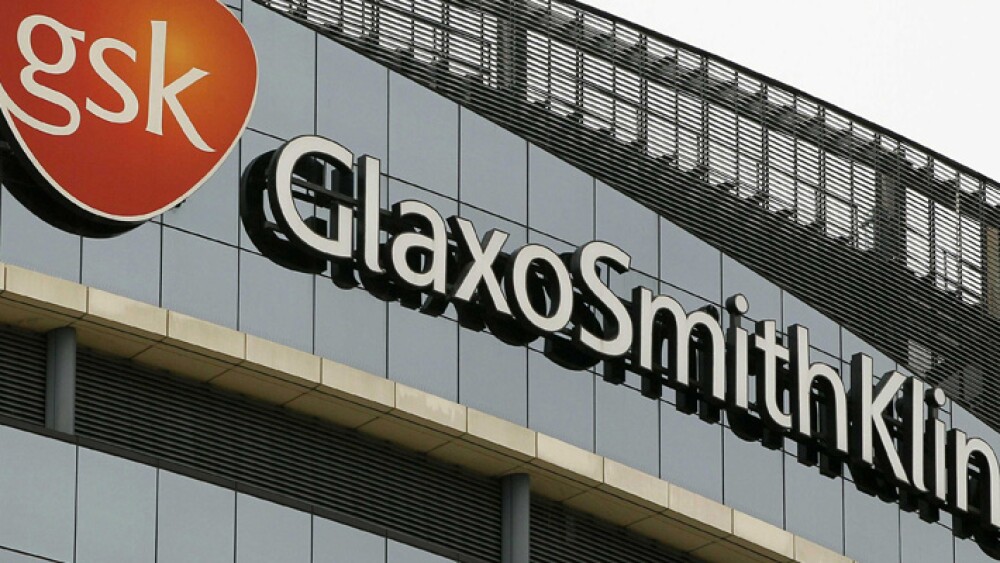September 16, 2016
By Mark Terry, BioSpace.com Breaking News Staff
Gilead Sciences stock has lost about 35 percent in value since June 2015. This largely is related to concerns about sales of its hepatitis C (HCV) franchise, even though it sold $5.58 billion worth of Harvoni in the first half of 2016. That’s down from $7.19 billion in the same period last year.
And Gilead controls about 58 percent of the HIV drug market. Although that position often looked unassailable, Cheryl Swanson, writing for The Motley Fool, takes a look at a stream of potential HIV drugs expected to come out of GlaxoSmithKline that could eat away at Gilead’s position.
GSK is developing Tivicay (dolutegravir), which halts HIV replication and cuts blood virus levels. The big deal here is that in early clinical trials, the drug seems to suppress HIV on its own, or in combination with one other drug. That’s in marked contrast to the triple-combination cocktail that has been standard treatment since the mid-1990s. Another major consideration is that GSK thinks that Tivicay as a single drug doesn’t develop resistance. This has become a major issue with HIV treatments, as the immune system adapts and develops resistance.
“But first,” Swanson writes, “Glaxo’s game-changing drug needs success in two late-stage trials. In one, Tivicay is being tested alongside rilpivirine, a brand-name HIV drug made by Johnson & Johnson . In another large-scale trial, Tivicay is being combined with 3TC, a generic drug. A study led by Pedro Cahn, cited in The Wall Street Journal showed that Tivicay plus 3TC suppressed levels of HIV in 18 of 20 previously untreated patients.”
Currently, GSK is providing the drug in Botswana as part of the country’s “Treat All” program. Approximately 25 percent of all adults in Botswana are infected with HIV.
Gilead, naturally, isn’t just resting on its laurels. Its drug bictegravir is in four preclinical studies and a Phase I study that had promising results released in June. If it can wend its way successfully through the review process, it could hit the market in 2018.
Still, GSK seems to have the lead by a significant margin. Not only is its drug further ahead in the regulatory process, it’s the only one that hasn’t shown patients developing resistance.
On one hand, Gilead had two new HIV drugs, Genvoya and Odefsey, approved in the spring. These are TAF-based HIV drugs, which bolstered the company’s quarter HIV sales by about 15 percent last quarter compared to the same period in 2015.
Swanson writes, “On the other hand, Glaxo’s stage 3 combo trials should start yielding results next year, and some analysts project that Tivicay, together with Glaxo’s other prominent HIV drug, Triumeq, should reach sales of $7 billion by 2022. There are also projects that Triumeq, a one-pill triple combo that includes Tivicay, could get to $4 billion just on its own.”
It seems that Gilead is going to have to defend its position in HIV from GSK. Which may be why the company has been pushing investors to look at its non-HCV and HIV pipeline. Between now and the end of the year, Gilead will be releasing data from nine clinical trials involving five different drugs in six different diseases. Those diseases include nonalcoholic steatohepatitis (NASH), primary cholangitis (PSC), a chronic liver disease affecting the bile ducts, myelofibrosis, diabetic kidney disease, and ventricular tachycardia.





